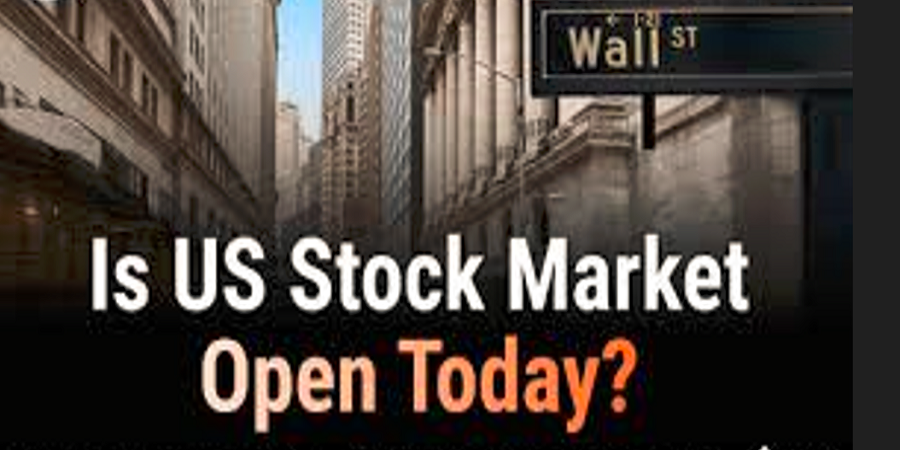The Fed hikes interest rates by a quarter point and hints at another increase this year
Washington, DC
CNN
—
The Federal Reserve raised its benchmark lending rate by a quarter point Wednesday, lifting interest rates to their highest level in 22 years.
It’s the 11th rate increase since the Fed began its inflation fight in March 2022, and comes just one month after the central bank hit pause in order to assess the state of the economy after the failures of three regional banks since the spring.
Federal Reserve Chair Jerome Powell attends a press conference in Washington, D.C., the United States, on June 14, 2023. The Federal kept the target range of the federal funds rate unchanged at 5 percent to 5.25 percent, following a slew of 10 consecutive hikes since March 2022.
The Fed has paused before. Here’s what happened next
Fed officials are estimating one more rate hike this year, according to their latest set of projections. Inflation’s steady slowdown in recent months has been encouraging for American consumers and businesses, but officials reiterated in their post-meeting statement that “inflation remains elevated” and that the Fed “remains highly attentive to inflation risks,” suggesting that another rate hike remains on the table.
In a news conference following the decision, Fed Chair Jerome Powell underscored that another rate hike remains an option — if the economy were to pick up strength and keep upward pressure on prices.
“At the margins, stronger growth could lead over time to higher inflation and that would require an appropriate response for monetary policy,” Powell said. He also said that core inflation remains “pretty elevated.”
“Data dependence remains the buzz word and, given the confusing signals of waning inflation but a tight labor market, keeping all options on the table seems to be a sensible approach,” wrote Seema Shah, chief global strategist at Principal Asset Management, in an analyst note.
Stocks closed on a mixed note after Powell’s speech, but the Dow notched its 13th straight day of gains, its longest daily win streak since 1987. The S&P 500 closed flat and the Nasdaq Composite dipped slightly.
Inflation is still the No. 1 focus
The Fed’s preferred inflation gauge — the Personal Consumption Expenditures price index — rose 3.8% in May from a year earlier, down from the prior month’s 4.3%. Meanwhile, the core measure inched down to 4.6% from 4.7% during the same period, which was still its lowest level since October 2021. The Commerce Department releases June figures on Friday.
Mary Daly, president of the Federal Reserve Bank of San Francisco, speaks during a Bloomberg Television interview in San Francisco, California, US, on Thursday, Aug. 11, 2022.
San Francisco Fed president: ‘It’s really too early to declare victory on inflation’
Officials want to retain the option of another rate hike in case inflation proves to be more resilient than expected, but the timing of that final hike is still a question mark. It’s possible that a second hike never comes and the Fed decides to move on to the next phase of its inflation fight, which would be to hold rates steady until inflation is defeated. Powell said officials haven’t decided to consider hikes at every other meeting, and that future decisions will hinge on data.
“We’ll be asking ourselves does this whole collection of data — do we assess it as suggesting that we need to raise rates further? And if we make that conclusion then we will go ahead and raise rates, so that’s how we’re thinking about the next meeting and how we’re thinking about these going forward,” Powell said.
The central bank head’s remarks at the Jackson Hole annual economics symposium next month could shed more light on what to expect at the Fed’s monetary policy meeting in September.
Still, investors are bullish about the end of rate hikes and the Fed’s chances of pulling off a soft landing, a scenario in which inflation slides to the 2% target without the economy sharply deteriorating. But Powell said Wednesday “we have to be honest about the historical record, which does suggest that when central banks go in and slow the economy to bring down inflation, the results tend to be some softening labor conditions — and so that is still the likely outcome here.” READ MORE









